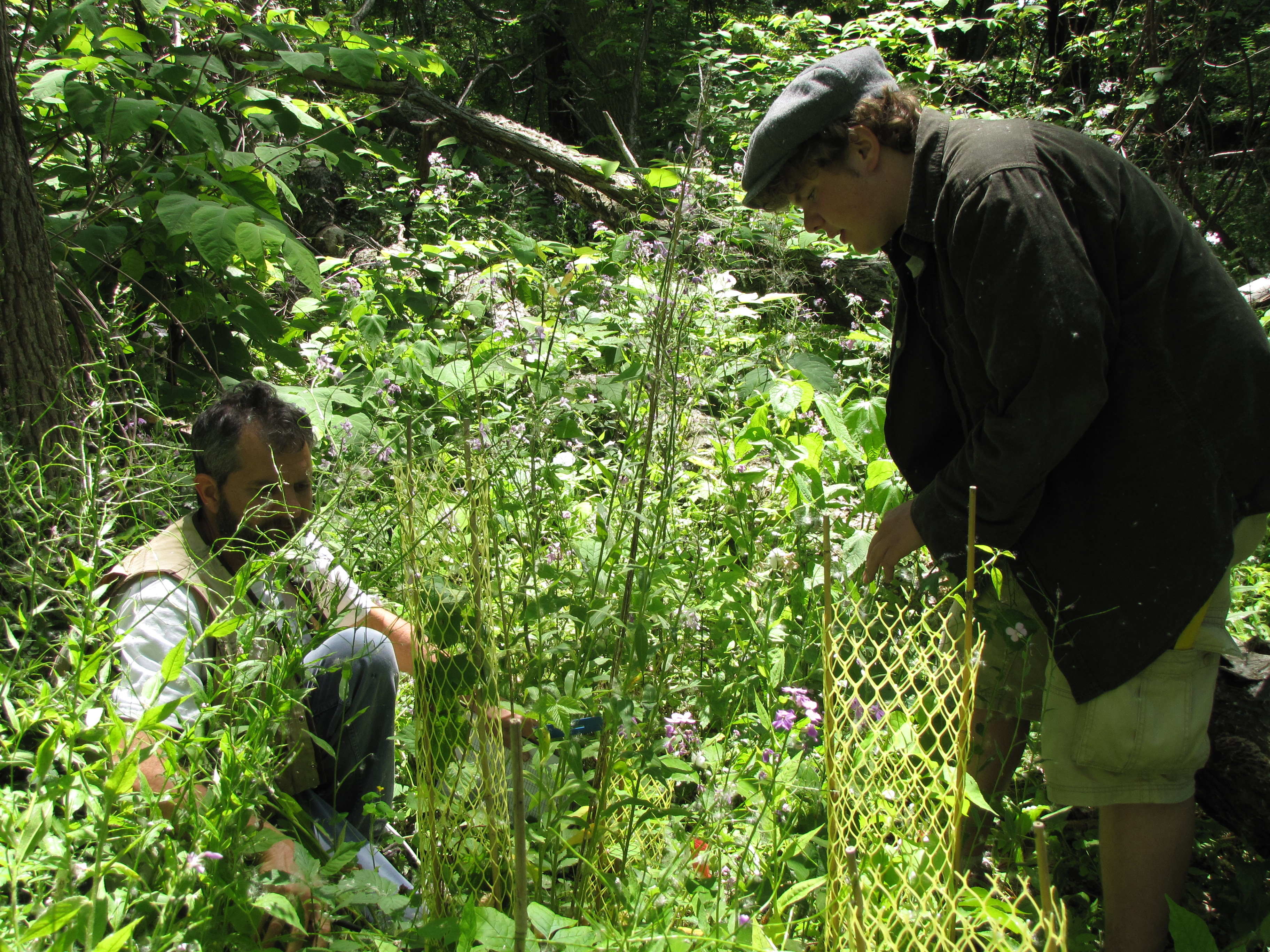Environmental Sciences Faculty Current Research Interests
Before registering, please check with a faculty member to see whether he or she has a student research opportunity available when you need one. Faculty research schedules may not coincide with your program plan.
Dr. Wentao Cao
Redox environments, sulfur cycle. My group studies geological samples to retrieve former geological environments in the nature. The geochemical of minerals and rocks can be readily used to understand the environments that they stayed. My current project involves retrieving former geological environments, reduction-oxidation process, and sulfur cycle in collisional mountain belts. These aspects will yield critical information on geological environments in the deeper Earth.
Dr. Thomas Hegna
Biomonitoring and Taxonomy. One way to assess the health of an aquatic ecosystem is to look at the organisms that live within it. My taxonomic specialty is branchiopod crustaceans--which includes modern waterfleas (cladocerans). I am interested in surveying local bodies of water to get a better sense of the regional diversity. I am also interested in using new techniques, like scanning electron microscopy, to study their anatomy in minute detail to ultimately refine their taxonomy. This will ultimately allow us to produce more detailed taxonomic keys to the species present in the region.
Dr. Matt Lanning
My research interests are focused on understanding plant-water relations by exploring how large-scale stressors (e.g., drought, acid deposition, climate change) effect small scale physiological processes and whole ecosystems alike. I use multiple tools such as stable isotope tracing, dendrochronology, lab based experiments, and modeling to understand and quantify such processes. I am especially interested in beginning greenhouse experiments that explore how local species respond to changes in soil nutrient availability and drought. Additionally, I am interested in beginning filed collections of tree rings and soil water samples to enhance our understanding of where plants get their water resources, how this has changed over time, and what environmental changes (future and past) have a significant impacts on them.
Dr. Michael Milligan
Aquatic Chemistry. Certain chemicals in the environment, most notably released from Pharmaceuticals and Personal Care Products (PPCPs), as well as from combustion, tend to remain in the environment for significant periods of time before decomposing. These chemicals are called Persistent Organic Pollutants, or POPs for short. Working in collaboration with two other research groups in NYS, we are determining the levels of these chemicals in Great Lakes fish in order to understand their sources and bioavailability.
Dr. Matthew Purtill
My research is interdisciplinary and incorporates a diverse blend of archaeology, geomorphology, hydrology, geology, geochemistry, and pedology. My primary research focuses on various aspects of Quaternary geology, soil geomorphology, and geoarchaeology. Geoarchaeology includes methods and theories developed in Earth sciences to resolve archaeological questions related to human settlement and land-use behavior, landform and site development, paleoenvironmental reconstructions, and more. I recently also have become involved in stream restoration monitoring, streamflow measurement, and erosion issues on area streams in western New York.
Dr. Courtney Wigdahl-Perry
Aquatic Ecology. My primary interests are in understanding how environmental change influences organisms that live in lakes. This includes different aspects of plankton ecology, lake response to climate change and anthropogenic effects, regional synchrony of such responses, and the influence of physical lake characteristics in shaping food web interactions. I am interested in different spatial and temporal scales across these topics, and am especially excited about using a combination of contemporary ecological and paleoecological approaches to pursue these questions.

